The Crab Nebula, an iconic supernova remnant in our Milky Way galaxy, was photographed by the ESA's Herschel Space Observatory and the NASA/ESA Hubble Space Telescope in this composite image.
According to NASA, the Crab nebula is a wispy and filamentary cloud of gas and dust that was discovered by Chinese astronomers in 1054 as a remnant of a supernova explosion.
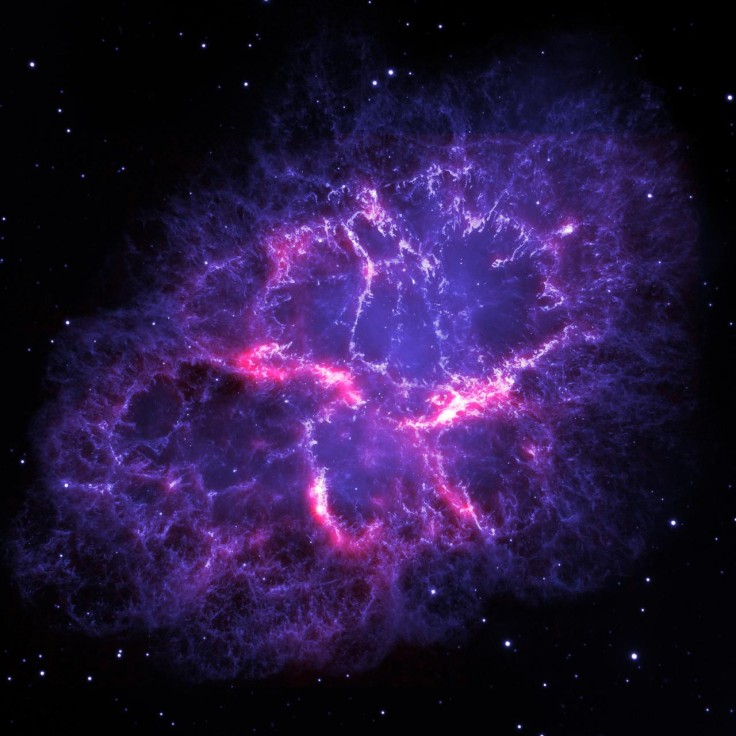
What Did Herschel and Hubble Space Telescopes Discover in the Crab Nebula?
Space.com reported that the glow from cosmic dust contained in the nebula is shown by Herschel's observations, which are displayed in red. Hubble's view, in blue, shows the nebula's oxygen and sulfur gas.
A team of scientists using Herschel to study the nebula discovered that it contains far more dust than they anticipated - nearly a fourth of the mass of the Sun. The newer findings also revealed the presence of argon-based molecules, the first time such a molecule has been discovered in space.
Read also: #SpaceSnap: Hubble Space Telescope's Photo of Gas Clouds Inside NGC 1977 in The Running Man Nebula
The Herschel image is based on data collected at a wavelength of 70 microns with the Photoconductor Array Camera and Spectrometer (PACS) instrument, while the Hubble image is based on archival data from the Wide Field and Planetary Camera 2 (WFPC2).
"Herschel is a European Space Agency (ESA) mission with important NASA contributions, and Hubble is a NASA mission with important ESA contributions," NASA said.
Other Incredible Hubble Space Telescope Photographs
Behold since the Crab Nebula isn't the only thing the Hubble Telescope has seen thus far. The following are some of the most fascinating images captured by the telescope:
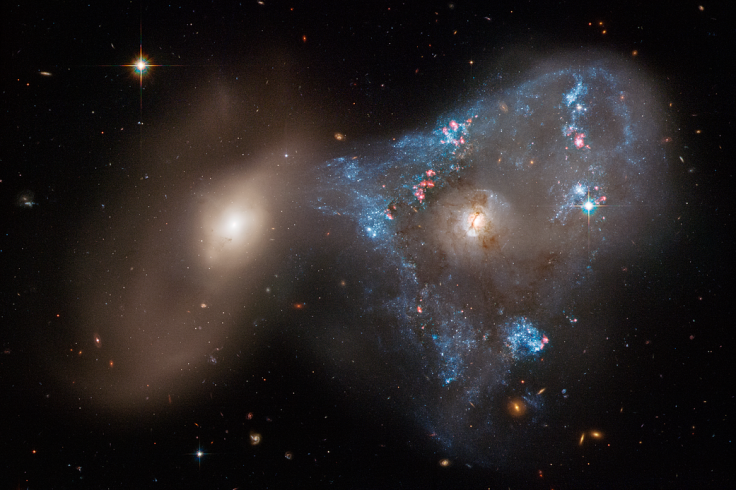
NASA said that the image above is a "spectacular head-on collision between two galaxies fueled the unusual triangular-shaped star-birthing frenzy." On the right, the NGC 2445 is the more dazzling spiral galaxy, while the NGC 2444 lies on the left. Arp 143 is the collective name for them. [read more]
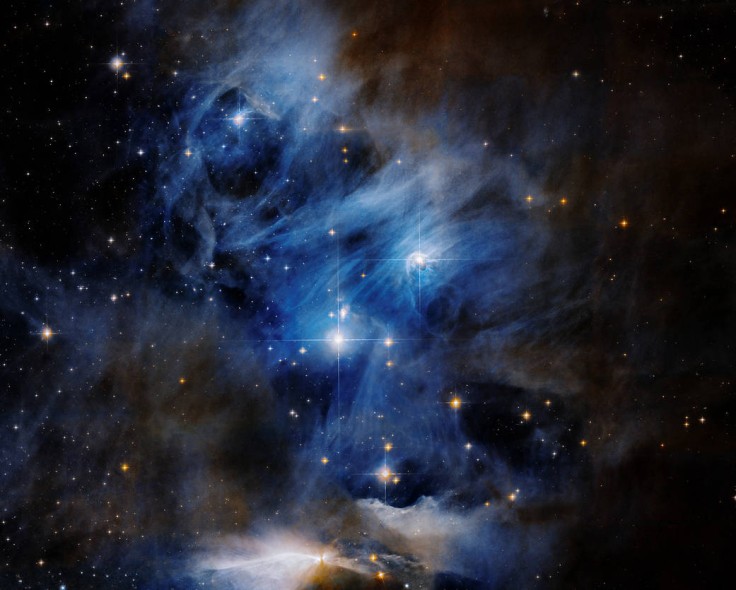
The Hubble Space Telescope image above depicts one of the Chameleon Cloud Complex's three segments. The photo was taken with Hubble's Advanced Camera for Surveys and the Wide Field and Planetary Camera 2. [read more]
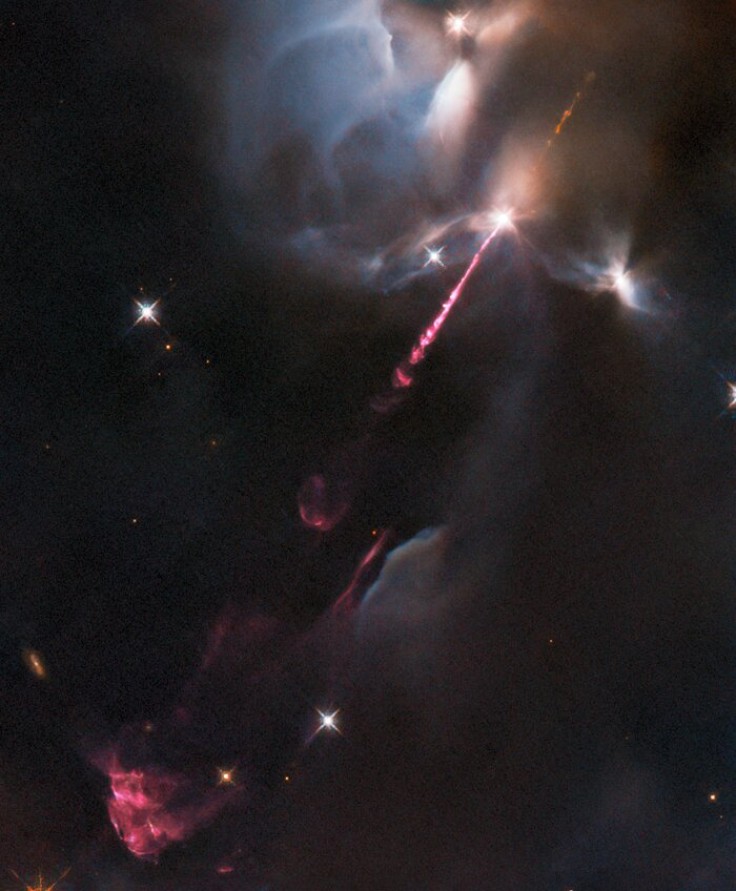
A magnificent image of a laser-like jet of gas blasting from a very young star has been caught by the Hubble Space Telescope. Hubble's Wide Field Camera 3, one of the space telescope's five scientific instruments, captured the image. The Herbig-Haro object HH34, which is 1,250 light-years away from Earth, is depicted in this snapshot. [read more]

The Hubble Space Telescope captured a stunning image of the Flame Nebula, officially known as NGC 2024. NGC 2024 is a large star-forming region around 1,400 light-years from Earth in the constellation Orion. [read more]
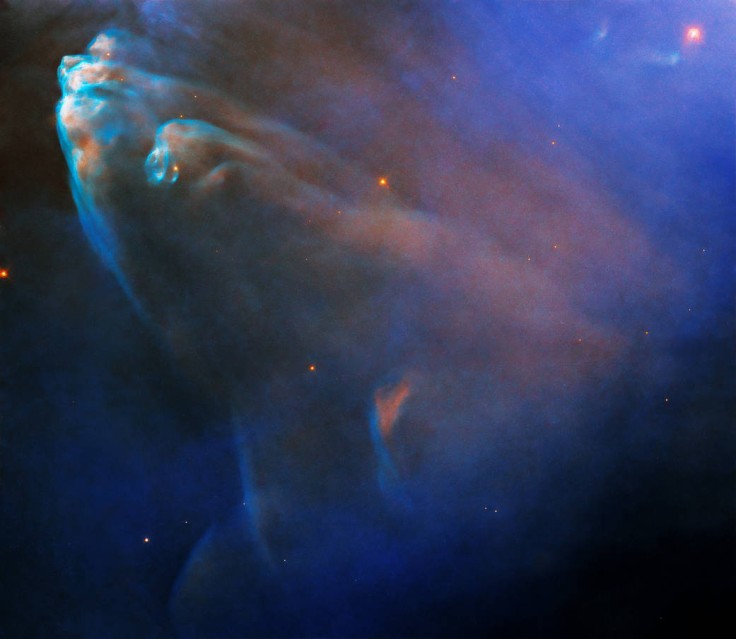
Inside the Running Man nebula complex, the telescope captured breathtaking gas clouds. The Hubble Space Telescope's favorite subject to shoot is nebulae, and these photographs have helped scientists learn more about them. [read more]









